For the first time since Christi and I arrived in Cartagena the Old Town is suddenly awash with tourists. The reason? A massive cruise liner is in the harbor. And the mothership has disgorged its bizarrely desirable plague of locusts on the town. A feeding frenzy ensues as the wealthy passengers have only an hour or two to soak up the atmosphere, eat, and purchase souvenirs, while the locals only have a limited time to fleece the tourists. We want to avoid this plague for several reasons, including the fact that everything now costs twice what it did yesterday and it’s hard to get an authentic experience when you are surrounded by so many gray-haired, lily-white bodies! Unfortunately we appear to be following the same itinerary today. Our first collision is at La Popa, a convent atop a hill to the east of the Old Town called, predictably, Cerro Popa. La Popa offers grand views overlooking Old and New Cartagena. We arrive to an empty parking lot, although there are plenty of hawkers about (this should have been our first sign). Before we even enter the convent Christi is distracted by a hawker and his pet three-toed sloth. Christi is in ecstasy as the docile, friendly mother latches onto her. Christi is in love. After this experience, she wanders around the convent in a daze while I photograph the Miami Beach of Cartagena, Bocagrande. This section of town is where the rich, the famous, and the beautiful live, vacation, and party. Skyscraper after skyscraper sits on a thin spit of land poking out into the Caribbean Sea. It’s at this point that our day begins to deteriorate as six busloads (I counted them) of tourists arrives from the Mothership. In between the writhing mass of tourists, there is actually a pretty flower-filled patio inside the convent, while the chapel hosts images of the beautiful and th grotesque. There is a stunning image of La Virgin de la Candelaria, the patroness of the city, and the Omen-esque statue of Padre Alonso Garcia de Paredas who has a spear sticking out of his chest. The priest was murdered by the indigenous natives for teaching the ways of Catholicism (there’s probably a lesson to be learned from this experience).
Next up on our itinerary (and apparently that of the cruise ship) is the Castillo San Felipe de Barajas. The Spanish regarded Cartagena as their most important possession in the New World. Indeed, most of the treasure that was recovered by the Spanish (more accurately the indigenous natives and imported slaves – think Potosi) left South America from Cartagena. Cartagena was, therefore, a prime target and was attacked on many occasions by pirates and the enemies of Spain, including the sacking perpetrated by the English corsair, Sir Francis Drake in 1586. To help protect its most valuable asset the Spanish fortified the Old Town itself, but also built the citadel known as Castillo San Felipe de Barajas, the largest fortification ever built in the Spanish colonies. The citadel was never breached – at least until today, when it is over-run by tourists.
We can tolerate the tourist hordes for only so long and then we escape back to our quiet little part of the Old Town around San Diego square and the Zebra Cafe where the Cruisers don’t venture – thank god.
Blog post by Roderick Phillips, author of Weary Heart – a gut-wrenching, heart-wrenching, laugh-wrenching ride.


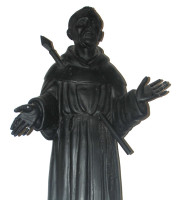
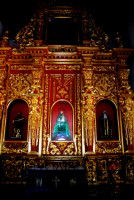
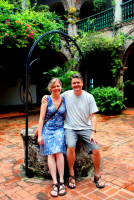
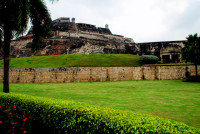
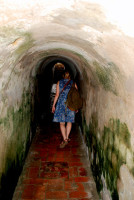
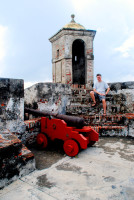
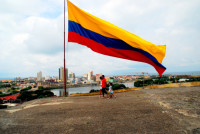
Speak Your Mind